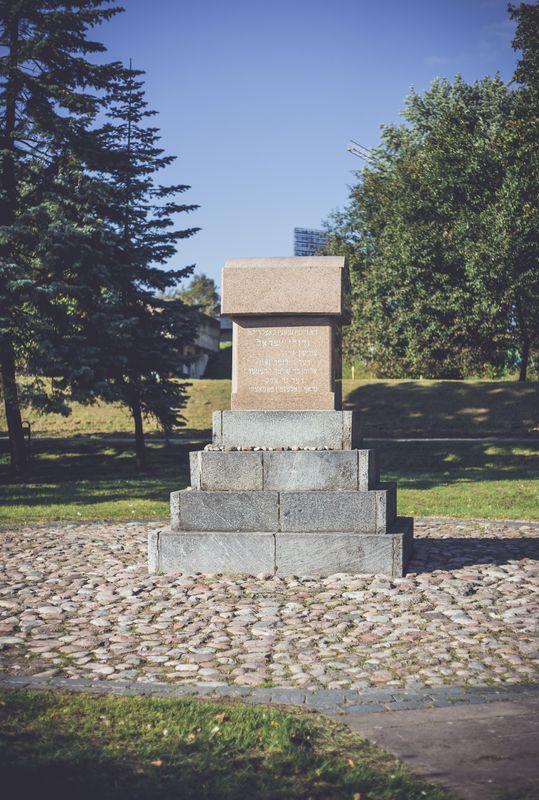
Location
Cemetery of Šnipiškės
The location of the cemetery complied with the Judaic requirements for the burial of the dead – that is, the cemetery was located at the outskirts of the city further away from the intensely populated area, and more importantly, it was separated from the city by a natural boundary – the River Neris. The first known crossing over the river, installed in the present location of the Mindaugas Bridge (the closest one you see), allowed Jews to comfortably reach the cemetery. In the first half of the 16th century a stone bridge was built in the place of the present Green bridge (Lt. Žaliasis tiltas), and there was a prohibition of any other crossings within the limits of the city making this bridge the single artery connecting opposite river banks. In 1669 the Jewish community obtained confirmation from Michał Korybut Wiśniowiecki (1640-1673) for Władysław via the Waza resolution exempting them from taxes for transporting the deceased via the bridge. Jews based their exemption request upon the fact that their community made annual financial contributions for the renovation of the bridge. This arrangement displeased the Trinity Church which maintained a hospital from those taxes collected for crossing the bridge. In 1627 the priest agreed not to tax Jews for using the bridge to carry over their deceased on the condition that twice per year, at Christmas and Easter, they would voluntarily donate 10 golden coins, a pound of pepper, ginger, rice, raisins, and half a pound of saffron to the priest. This and similar arrangements occurred continually up until the first half of the 19th C.





